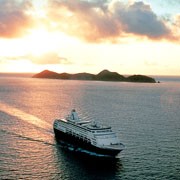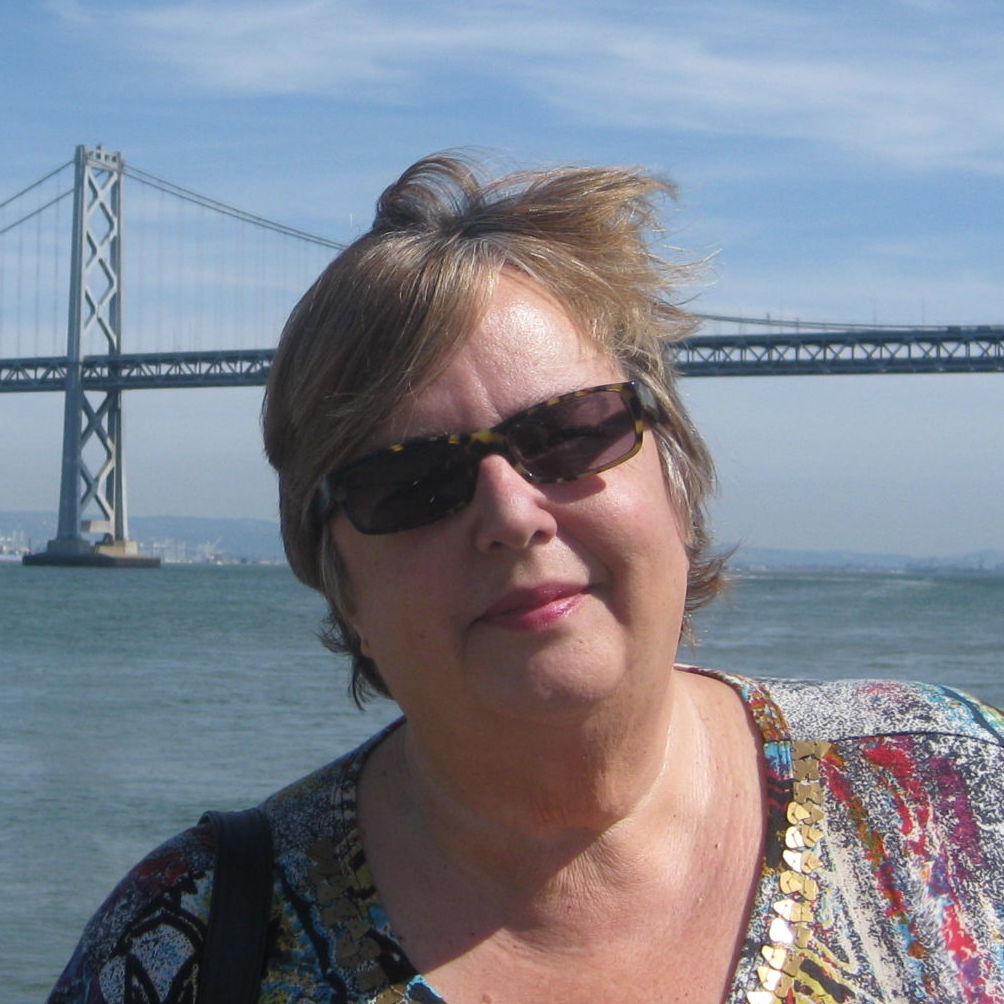A quarter of a century ago when Joyce Landry and Jo Kling formed their cruise meeting company, Miami-based Landry & Kling, a lot of people in both the cruise and meetings industries thought they were all wet.
“When we started back in 1982, cruisingwas not considered a viable option for companies,” Kling says. “The ships did not offer good meeting space. Finding a short itinerary and a nice ship was very challenging. We did mostly charters.”
Today it’s a far different story. Cruise lines, which once relegated groups to the disco and other makeshift spaces, are rolling out ships with increasingly sophisticated meeting rooms and dedicated conference services. At the same time, companies and associations that once never considered cruises as a meetings option are getting onboard in increasing numbers.
One indicator of this warming relationship is illustrated by the results of a survey conducted by Maritz Travel last year on the preferences of incentive travel qualifiers. When asked what type of program they found most motivational, 36 percent of the qualifiers, the highest number, ranked cruises as their first choice.
Not only are cruises increasingly popular with incentives, but they are also making gains with continuing education and association meetings.
“We’ve seen big growth on the incentive side, but meetings are also growing,” says Lori Cassidy, director of corporate and incentive sales for Carnival Cruises. “We’ve really reached out to the state association market, especially those that are in states where we have homeports—California, Florida, Texas, and New York. The fact that they can drive to the ship is very appealing.”
To better serve this market, Carnival formed a dedicated meetings department two years ago with a point person to handle each meeting as well as provide help with promotional materials and online registration.
“We’re also offering more education for planners, including seminars at sea,” Cassidy says. “They can attend a three- to seven-day cruise or participate in a site inspection weekend.”
Royal Caribbean Cruise Lines (RCCL) has also been making a push for meetings business and is seeing results, according to Patrick Mitchell, vice president of national accounts, who says the line has been experiencing double-digit growth in both meetings and incentives.
“Part of the reason is that more consumer awareness is influencing corporate buyers,” he says. “People take a cruise and think, this would be good for my employees, too.”
At the same time, RCCL is designing and upgrading ships with meetings in mind.
“We have put a lot of investment in our meeting facilities and shipboard staff,” Mitchell says. “There’s a lot of dedicated space with sophisticated technology. And there’s variety in the function space. For instance, we can even cover an ice-skating rink and provide seating for 900.”
At Norwegian Cruise Line (NCL), Marianne Schmidhofer, director of charter, meeting and incentive sales, says continuing education meetings are “booming” this year.
“We’re seeing lots of medical, legal and accounting groups who are going for certification,” she says. “They usually bring their families, so onboard amenities like the kid’s program and the spa are ideal. The spouse program is already taken care of.”
Similarly, Sandra Scheitinger, chairman of University at Sea, a cruise meeting planning firm based in St. Petersburg, Fla., says her business in the continuing medical education area has been growing at about 30 percent a year. She credits the growth partly to word of mouth, but also believes that hard-working, time-challenged medical professionals really enjoy the relaxing atmosphere of a cruise.
“These people spend their lives taking care of other people, so they relish a week when they are taken care of,” she says.
Value Factor
When Kling is approached by planners who want to know why a cruise makes sense, she has a ready answer: value.
“We hear reports that hotels are getting more expensive, that there’s more nickeling and diming with banquet food. Two shrimps on the plate instead of three,” she says. “Planners are struggling to plan events that are abundant. Cruises let you do this.”
Jeff Sargent, director of sales for Cruise Brothers, a travel agency in Cranston, R.I., with a specialty in cruise meetings, says the all-inclusive nature of a cruise is a big plus.
“We really emphasize the value factor to our corporate clients,” he says. “Everything is rolled into one. Getting the meals is a big factor. The cost per person can be less than half per day as it would be for a hotel and meals. Plus you are getting entertainment and team-building activities.”
Another selling point is convenience.
“The biggest surprise that planners get is that much of what they do when planning a land meeting, arranging for food and beverage and so on, is taken care of by us,” says RCCL’s Mitchell. “We also take care of the air arrangements. We handle the pain points.”
Also benefiting the group market is the greater variety of U.S. homeports, a trend that started in earnest after 9/11.
“It’s not just Miami anymore, now you’ve got places like Baltimore, Bayonne, Galveston, and five different ports in Florida,” Kling says. “And there are so many more ships on the West Coast—San Diego, Los Angeles, San Francisco, Seattle, and Vancouver. It makes life so much easier.”







